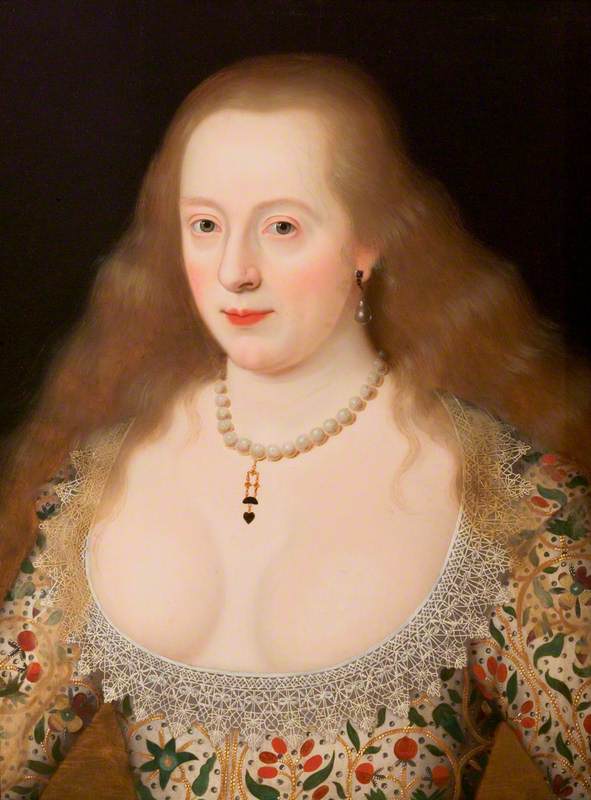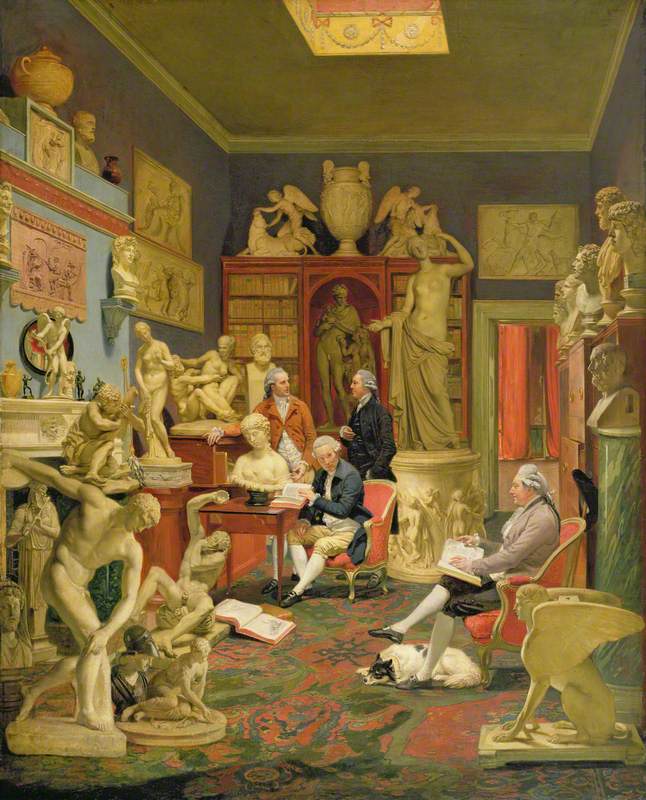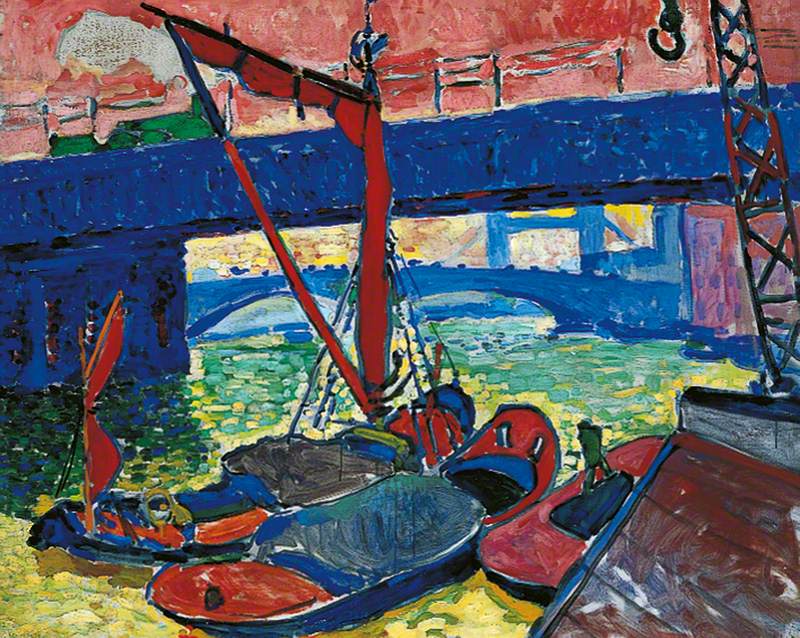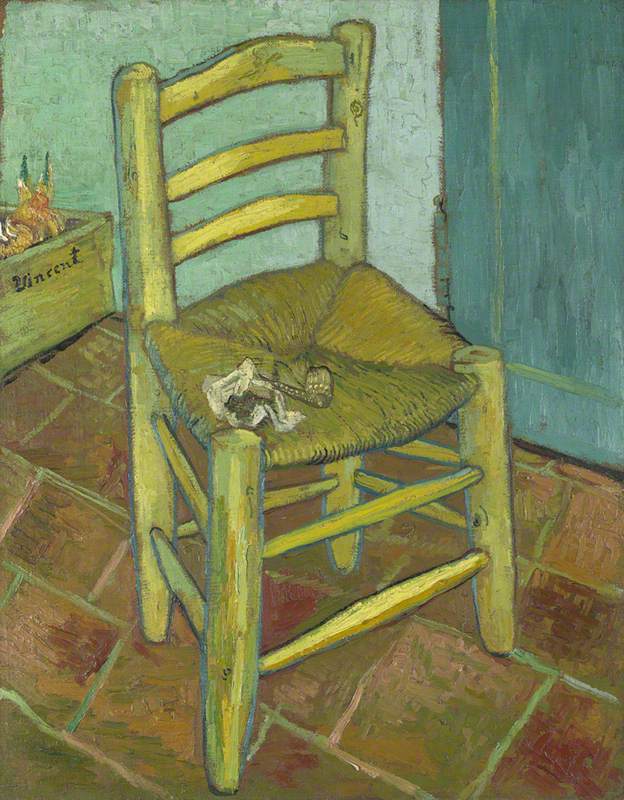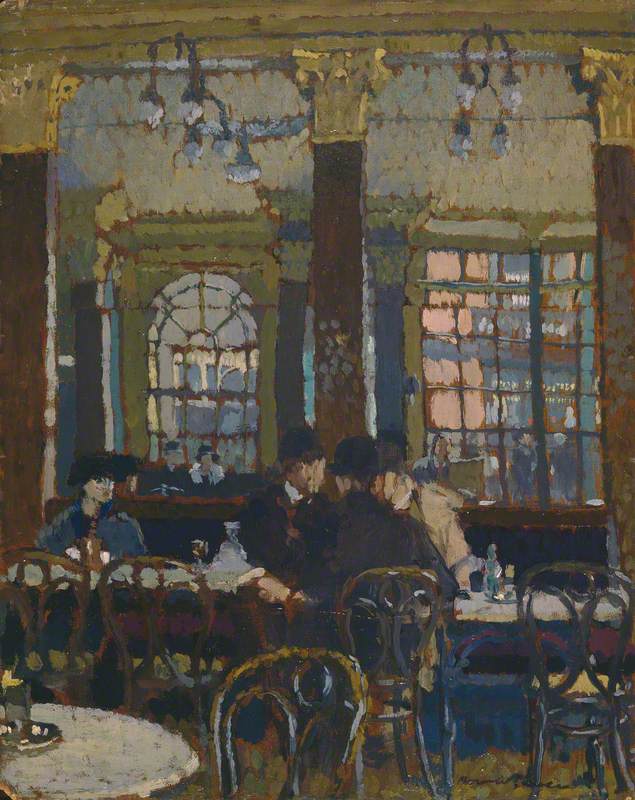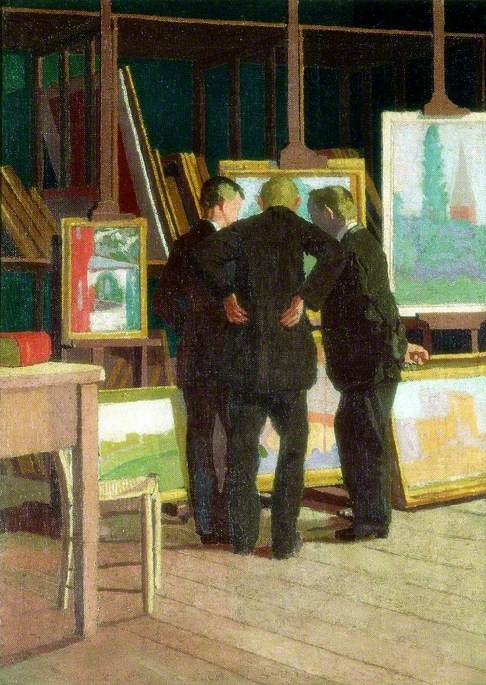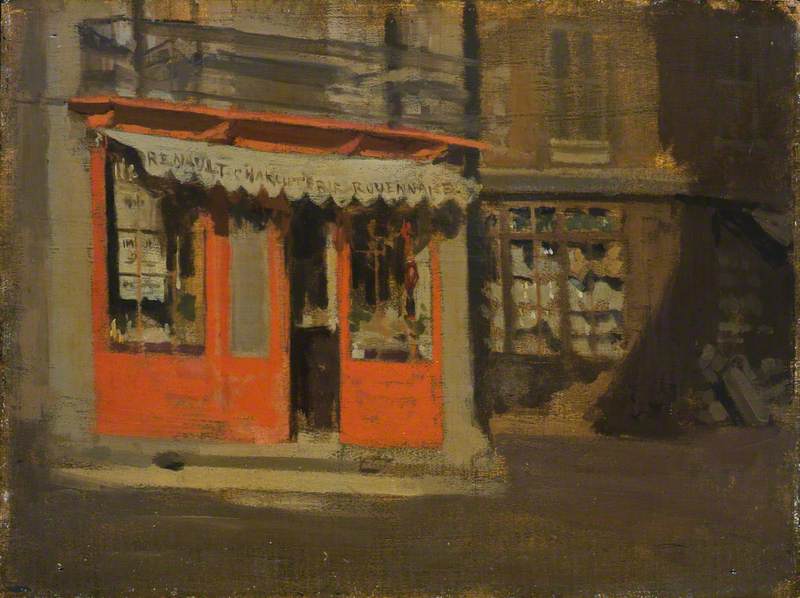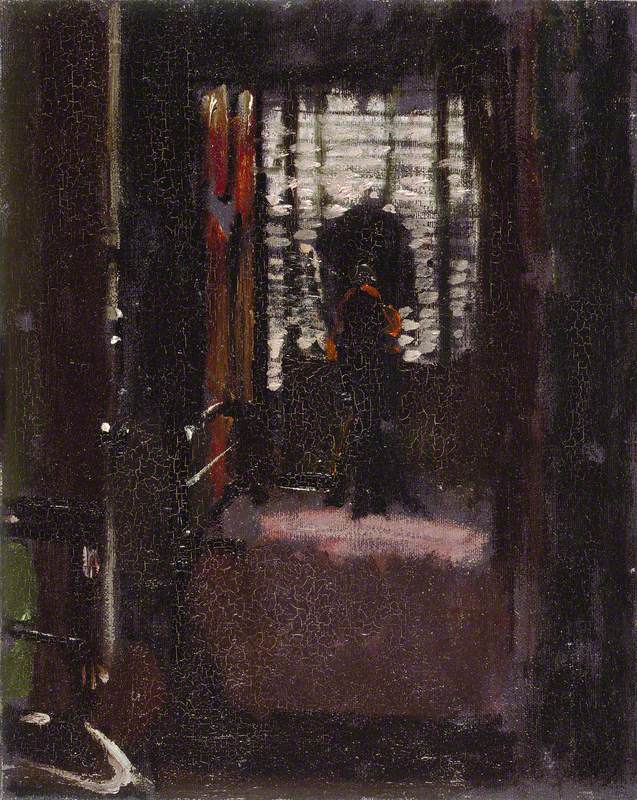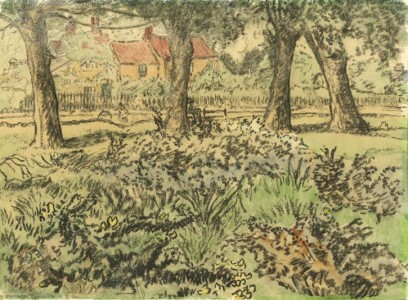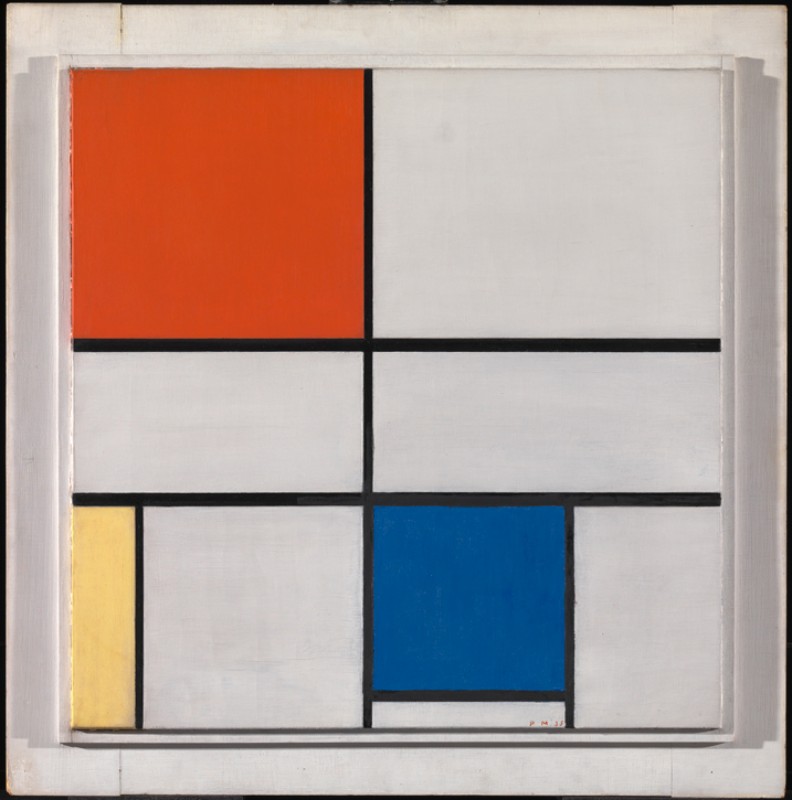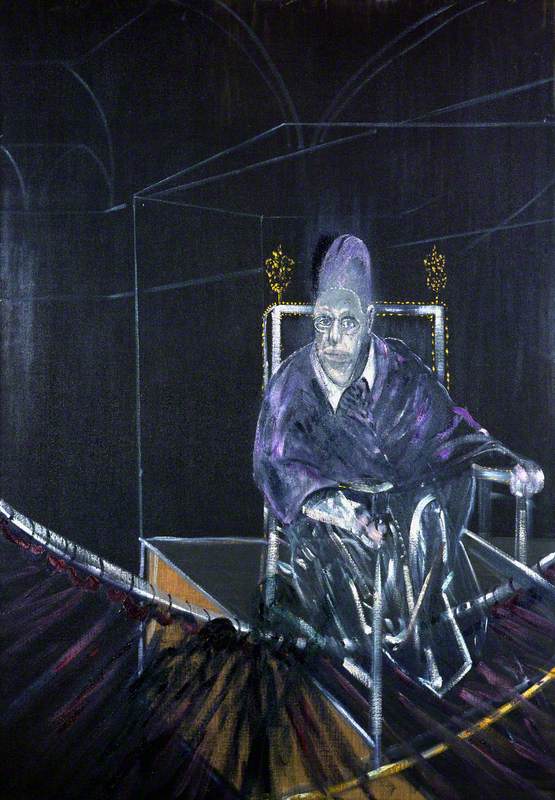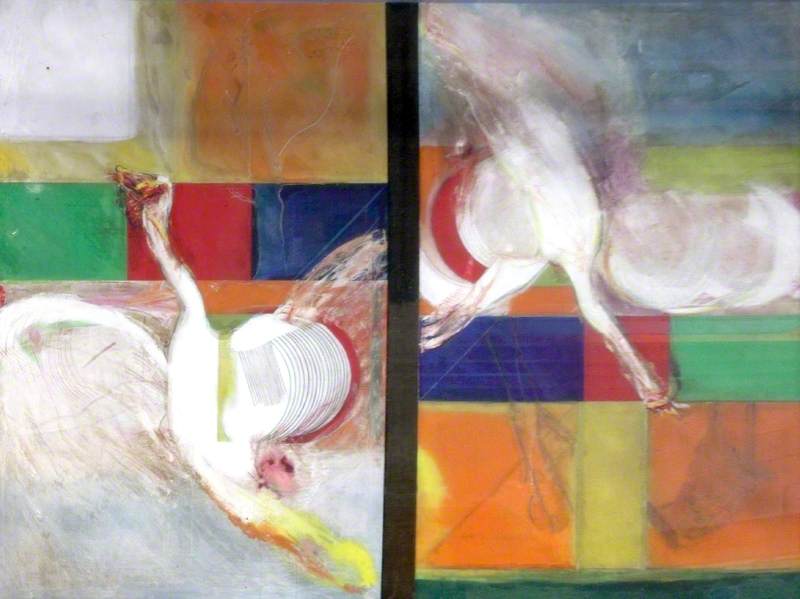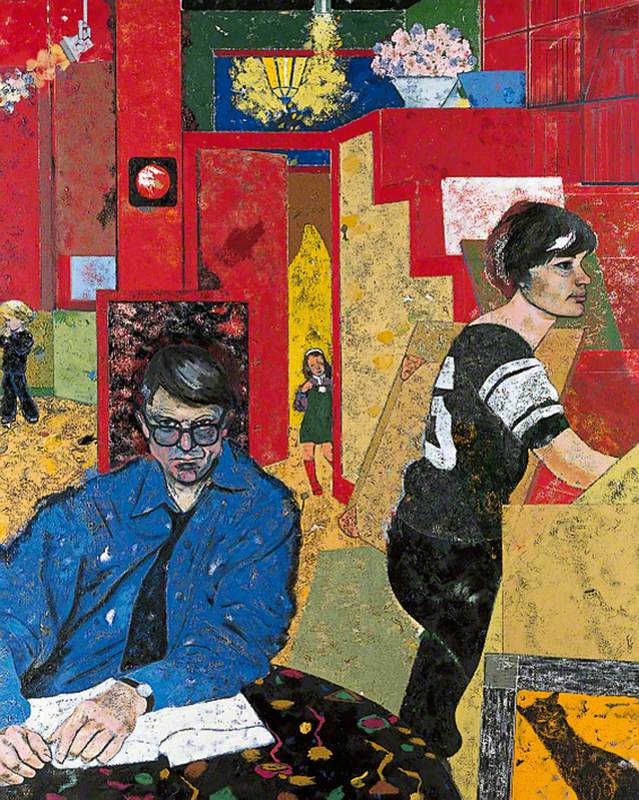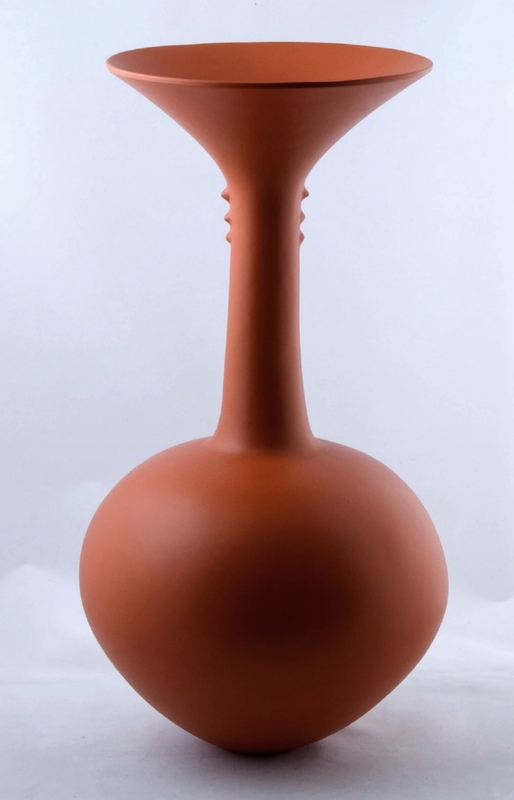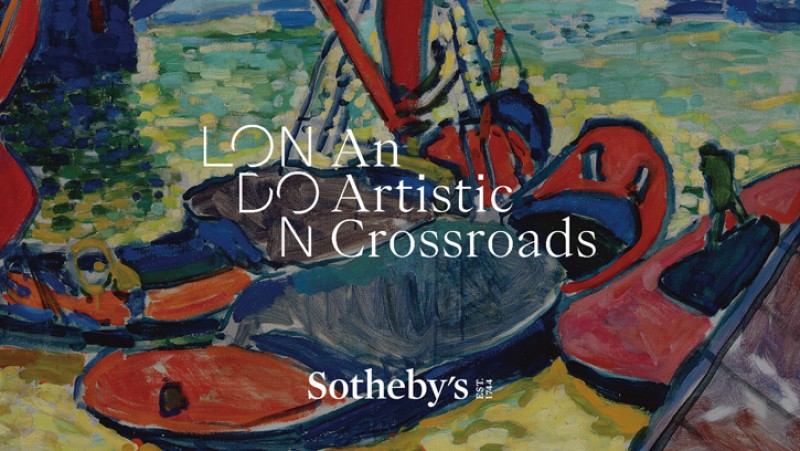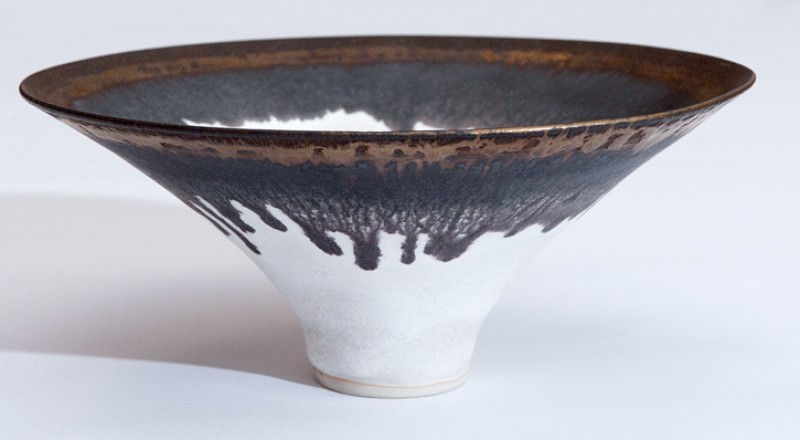Twelve UK museums come together with Art UK and Sotheby's to stage a month-long exhibition celebrating the UK's central role in the creative lives of leading international artists.
The free exhibition 'London: An Artistic Crossroads' is on display at Sotheby's New Bond Street Galleries from 25th May to 5th July 2024.
Painted in the same year as Derain's chromatically explosive celebration of London, Walter Sickert's Reclining Nude (Le lit de cuivre) presents a diametrically opposed view of the same city. In a dingy room painted livid green, lying comatose on top of the covers of an unmade bed, we see a naked woman, her form sketched forth but also almost obliterated by a thick screed of expressive brushstrokes.
Reclining Nude (Le lit de cuivre)
c.1906
Walter Richard Sickert (1860–1942) 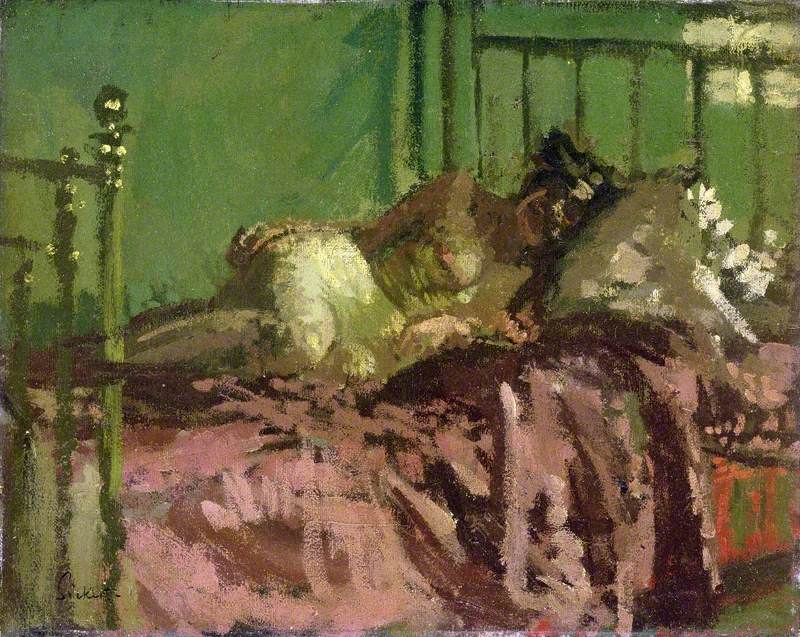
Emphatically naked, she is certainly not a 'Nude': Sickert hated the academic and idealising associations of that word. She is a real woman living in a real place, namely Camden Town, which was then a grubby and overcrowded part of the city, very much the wrong side of the tracks.
The construction of the three great railway stations of North London – St Pancras, Euston and King's Cross – begun under the reign of Queen Victoria, had brought not only noise and soot and smoke but also a large workforce of navvies. They lodged in cramped quarters in the terraced housing of Camden Town, as did the prostitutes drawn to the same place by the prospect of work.
The woman in Sickert's painting cannot be identified with certainty as one of their number, but then a certain air of mystery is part of the point of the picture. Stumble into rooms like this one and you have stepped across the threshold of social respectability and predictability alike: it is impossible to say who you will meet and what they are up to.
Sickert's credo was the pursuit of the real, in all its grit, and with all its imperfections: 'The plastic arts are gross arts, dealing in gross material facts,' he proclaimed.
The journey that led him to such beliefs had been long and winding. Sickert had been born in Bavaria but his family emigrated to England when he was eight years old following the German annexation of Schleswig-Holstein in 1868. Having shown great talent for painting and drawing he studied at the Slade School of Art in London before taking a job as etching assistant to the American emigre painter James McNeill Whistler.
But it was a trip to Paris in 1883 that led to the decisive encounter of his early life. He met Edgar Degas, master of a style of disenchanted urban Impressionism that had its origins in the painting of Manet and the poetry of Baudelaire – and which served as a strong counterweight to the Impressionist nature worship of Monet and his followers. Sickert painted in Degas's studio, coming to share his contempt for plein-air painting ('the tyranny of nature'), his belief in the importance of painting from memory, and his preference for urban subjects.
Sickert became the great pioneer, in British art, of uncompromising urban realism. His pictures stand out from those by any of his contemporaries for their sheer harshness of vision, and their committed embrace of the dingy facts of city life. His art is that of a melancholy voyeur, shot through with a subdued taste for melodrama and an extraordinary, sensual feel for the medium of paint: dark, brooding colour, thick encrustations of pigment.
Le lit de cuivre is one of the unquestioned masterpieces of his Camden Town period, as well as a perfect demonstration of his belief that the real world is always and inevitably impure. Sickert mischievously extended that idea to his own parentage, and indeed to the idea of nationhood itself: 'No one could be more English than I am: born in Munich in 1860, of pure Danish descent!'
Andrew Graham-Dixon, art historian and broadcaster
The free exhibition 'London: An Artistic Crossroads' is on display at Sotheby's New Bond Street Galleries from 25th May to 5th July 2024
You can download the free exhibition tour within Art UK's guide on Bloomberg Connects
